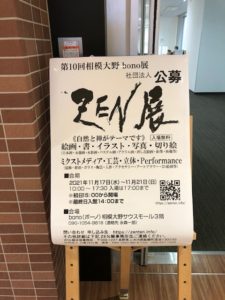
ZEN art exhibition Sagami Ono finished!
We are grateful that we had this opportunity to exhibit.
Thank you for everyone who came to this exhibition!
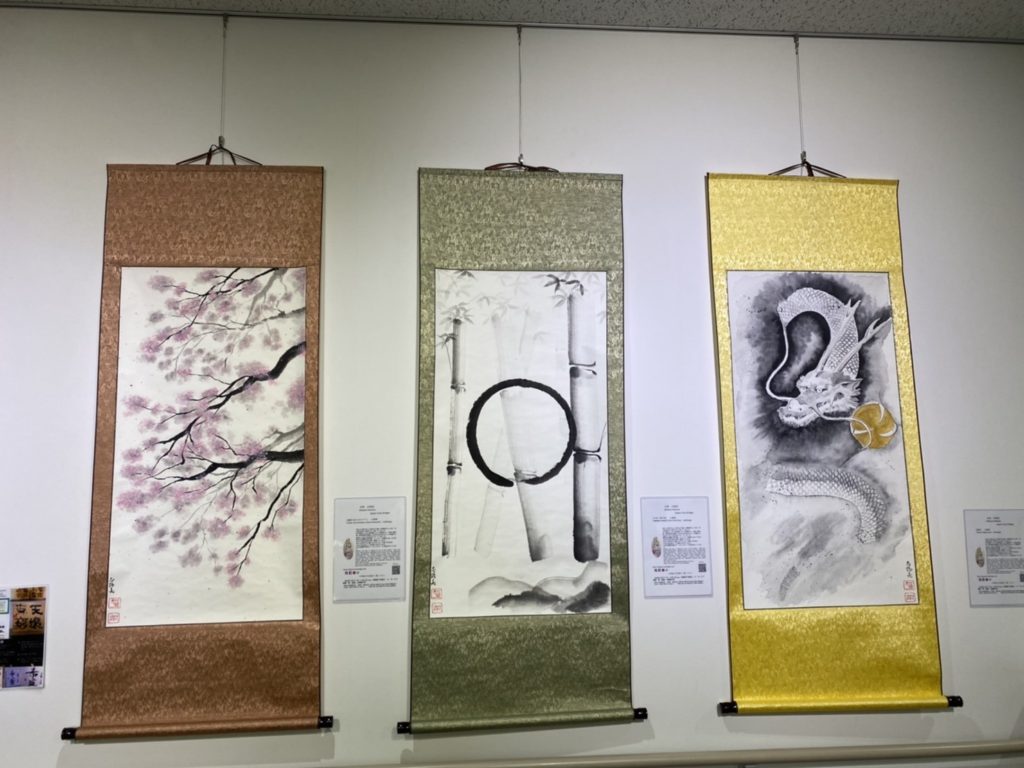

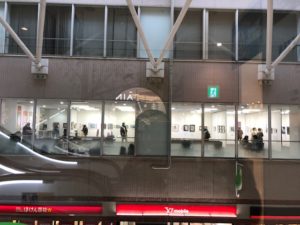
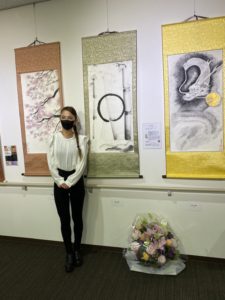
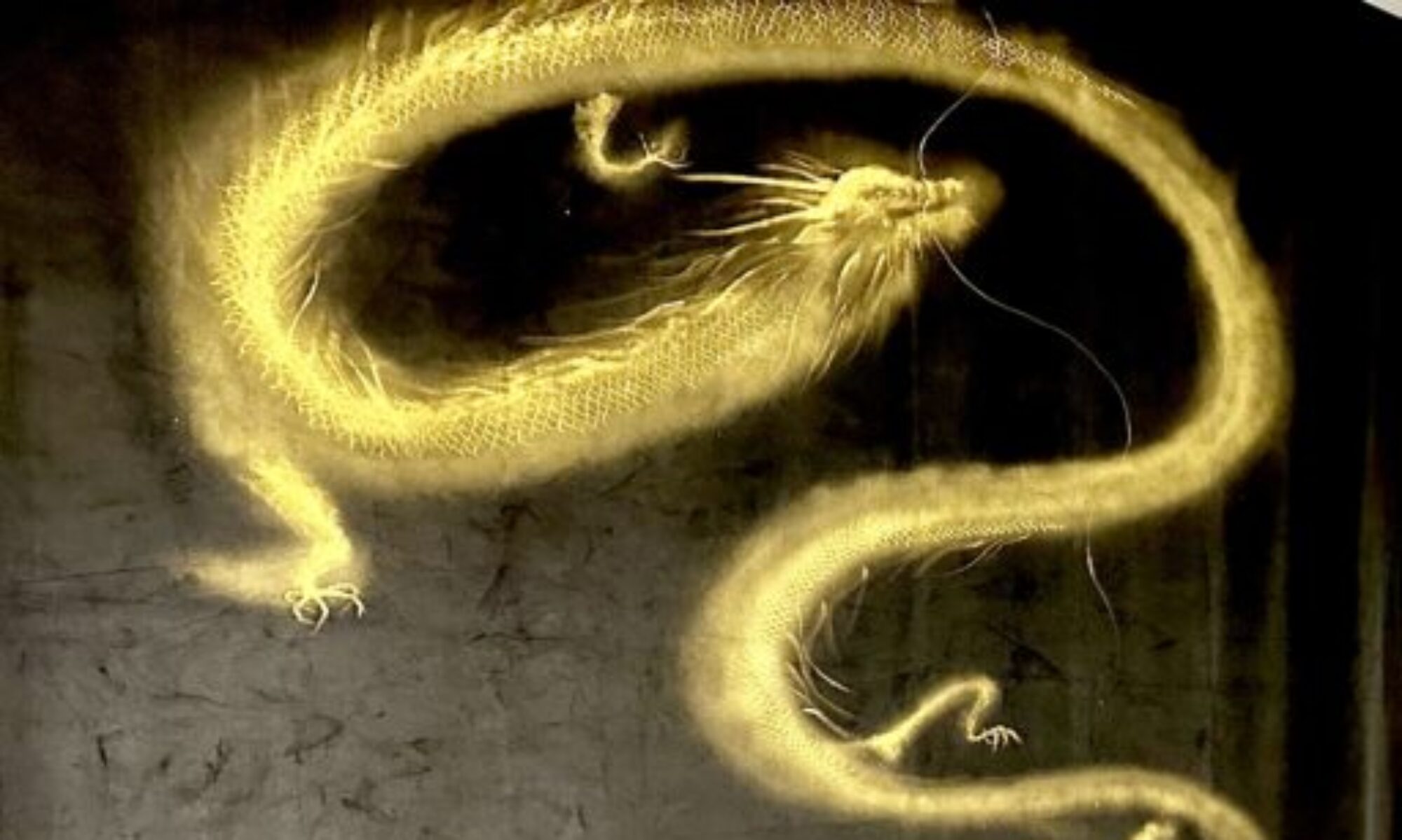
Connect Japan and the world through Japanese spirituality| Japan Cross Bridge|Tokyo
Express Japanese art and culture to the world

ZEN art exhibition Sagami Ono finished!
We are grateful that we had this opportunity to exhibit.
Thank you for everyone who came to this exhibition!




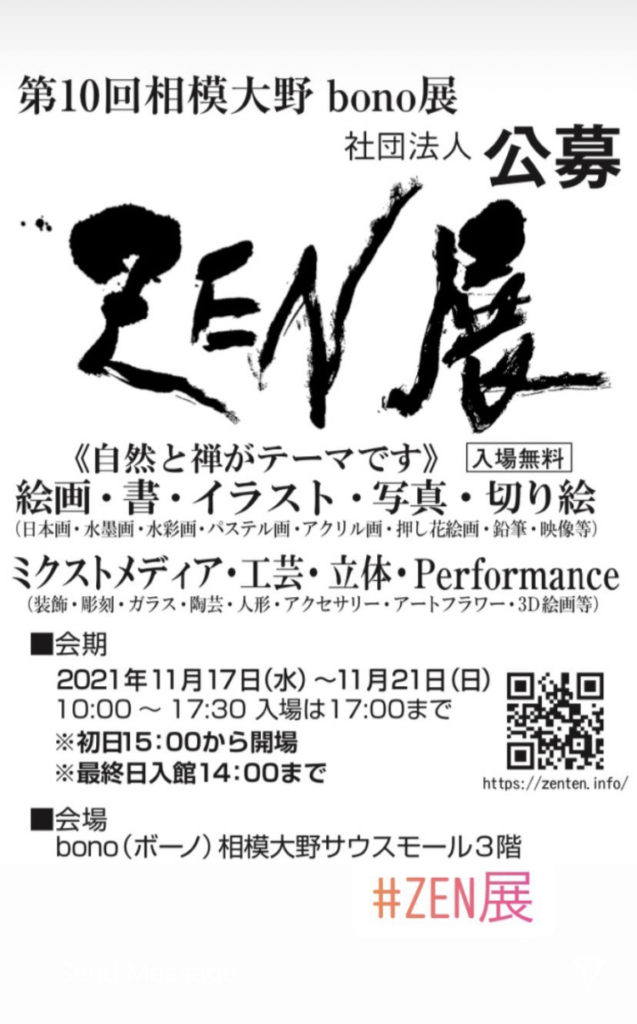
We are participating in ZEN art exhibition, coming November 17th~21st, 2021.
It is held at bono Sagami-Ono, South mall 3rd floor, (beside Sagami-Ono station)
Sagamihara city, Kanagawa prefecture : about 30 mins by Odakyu-line rapid-express from Shinjuku station
November 17, 15:00-17:30
November 18~20, 10:00-17:30
November 21, 10:00-14:30
Free admission
Our artwork will be 3 Kakejiku hanging scroll Suibokuga Japanese paintings, with my name Shihomi Homma (本間志穂美)(Japan Cross Bridge).
I myself will try to be at the venue. I hope to see you there!
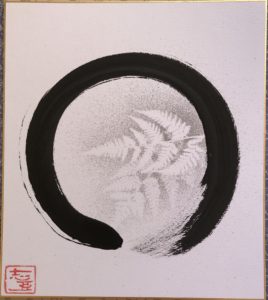
ZEN circle ENSO
Zen circle is called “Enso”.(円相)
Sometimes different “Kanji”(Chinese character) 円窓 is used for “Enso”, represents “round window”, which means our mind’s window.
Enso is one of Sumi ink painting (Japanese calligraphy) in Zen.
Usually it is drawn in one brushstroke, and is sometimes called “Ichienzu”(一円図)、”Ichienso”(一円相).
~Enso symbolizes absolute enlightenment, strength, elegance, the universe and “mu”(無)(meaning void). It is characterized by a minimalism born of Japanese aesthetics.~
*Quaoted from Wikipedia
Japanese aesthetics seeking for simplicity is called Wabi-sabi.
Wabi expresses the happiness and mental abundance in the imperfect (hard) circumstances.
Sabi expresses the beauty we can find in imperfection.
So Wabi can be a symbol of inner abundance, and Sabi can be a symbol of outer beauty(simplicity).
When you draw Enso, you have to draw it in one brushstroke, meaning there is no time to stop, no chance to fix.
It is the moment when the mind should be free, and let go of everything.
This is ZEN meditation practice.
In other words, this spiritual practice of drawing Enso is the practice of self-realization.
Sometimes Enso circle is open, which means incomplete.
This incomplete allows more movement, development and practice.
When Enso circle is closed, which represents perfection.
However, how you look at Enso circle and what you have in your mind by looking at it, is totally up to you.
Enso circle is simple, yet really profound and teaches us a lot.
It never stops attracting us, because our entire life is a long trip of self-realization.
I love to draw Enso circle, but at the same time, I love to look at Enso.
Looking at Enso circle is a good meditation.
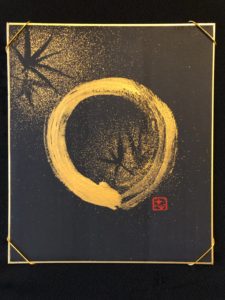
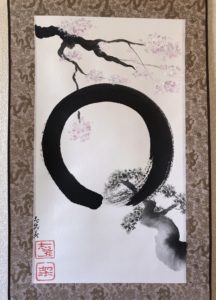
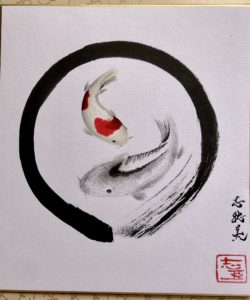


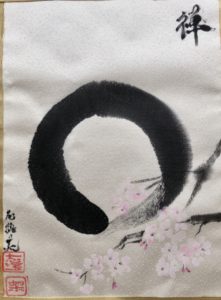
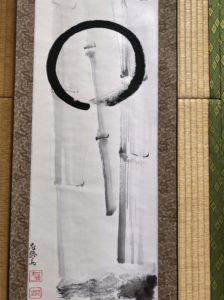
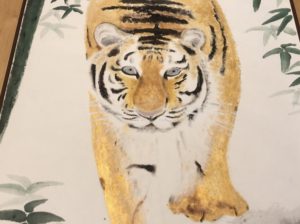
Tiger on Kakejiku art
Tigers are one of the very popular subjects on Japanese Kakejiku art.
Kakejiku is Japanese traditional hanging scroll.
It is hung on the wall in Japanese style room, especially on alcove “Tokonoma”, since ancient time.
Tiger is a powerful animal, and Tiger painting on kakejiku has an important meaning.
When tiger is glaring at this way, that means tiger is glaring at the evil in your place.
Tiger’s powerful eyes are believed to have the power to beat the evil.
So tiger’s scary expression is protecting your place and the people living in your place.
Tiger painting Kakejiku has a strong good luck power.
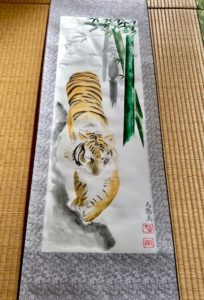
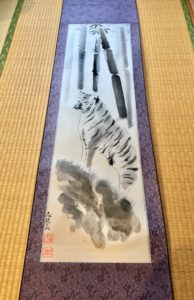
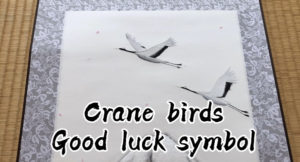
Crane birds – Japanese good luck symbol
We, Japanese have a deep connection with crane birds since ancient times.
The beautiful crane birds can be seen in many occasions, such as Japanese old stories, music, paintings, and so on.
Crane birds are not just beautiful but also thankful, as they are symbols of long life, prosperity and a good luck.
In Japanese phrases, we have “crane birds live a thousand years, turtles live a ten thousand years”
Also crane bird’s voice is said to reach to the heaven, as they cry loudly.
When crane birds make a couple, they stay forever and never separate.
So we symbolize crane bird couple as “good married couple”.
Especially at weddings, we use crane birds in many situations, for special wedding kimono pattern, for wedding venue decorations, or on celebratory statement.
As crane birds are grateful good luck symbols, we believe that owning something with crane bird motif will bring us a good luck and a healthy long life.
I love to paint these beautiful birds, crane birds on my hanging scrolls too.
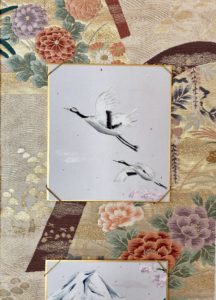
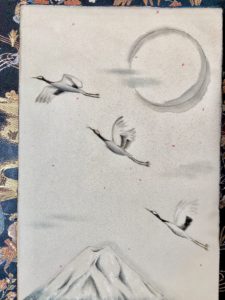
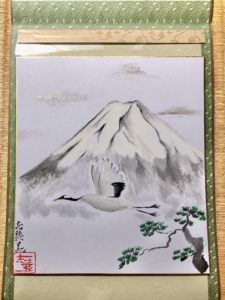
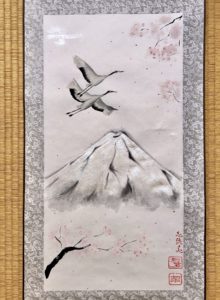
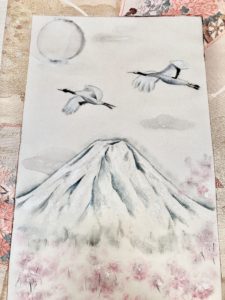
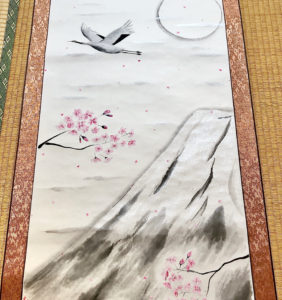
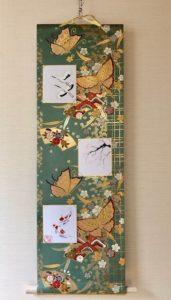
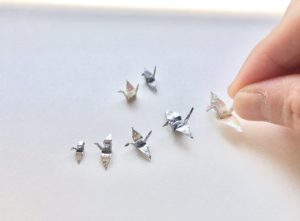
Orizuru is a crane bird made with Origami.
Origami is Japanese traditional paper art and kids activities.
It is said to be brought to Japan by Buddhist monks around the sixth century, however there is no evidence about this and the origin of Origami is unknown.
The oldest mention of Origami is the poem written by Ihara Saikaku in 1680.
Now “ORIGAMI” is well known in the world.
Orizuru – crane bird made with Origami paper-, is one of the famous Origami art.
In Japan, we use Orizuru in many occasions, such as prayer for health or peace, as crane birds are symbols of a long healthy life and a good fortune.
By making miniature Orizuru and putting it in jewelry, the jewelry becomes good luck charm.
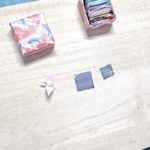
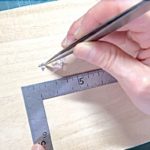
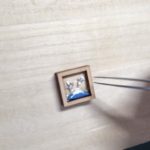

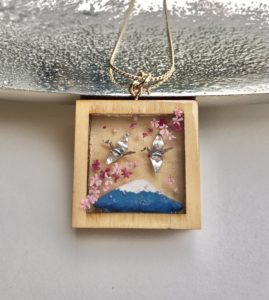
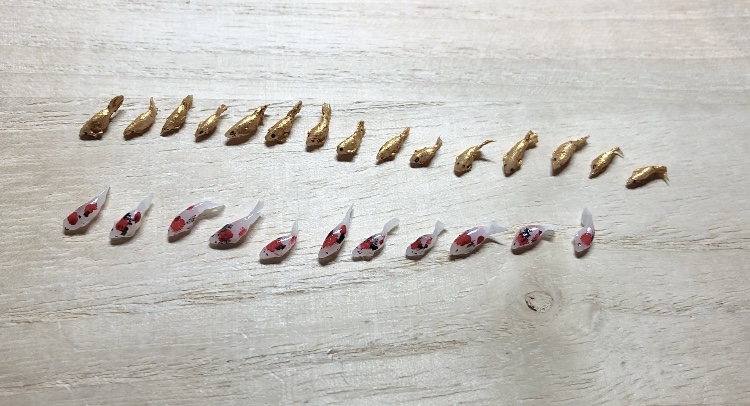
There are so many Koi ponds in Japan everywhere and you can enjoy seeing beautiful Koi fish swimming.
We use Koi fish paintings on many art crafts, such as Kakejiku hanging scrolls, Kimono patterns, dishes, etc, as Japanese good luck symbols.
Japanese people have a strong connection with Koi fish since ancient time.
Especially, “Nishiki goi” koi fish is beautiful and highly valued.
Red & white color (sometimes with black) Koi fish is a popular Nishiki goi.
Golden color Koi fish is also a kind of “Nishiki goi”, and is believed to bring us a wealth.
So making miniature 3D koi fish is very important for me.
I can create a miniature 3D beautiful Japanese world in jewelry with them.
Also, Using this good luck symbol Koi fish, and adding power stones, I can make the jewelry a powerful good luck charm.
I love to imagine people wearing my good luck jewelry and being happy!
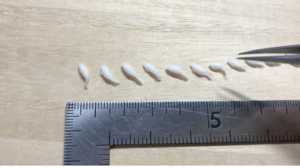

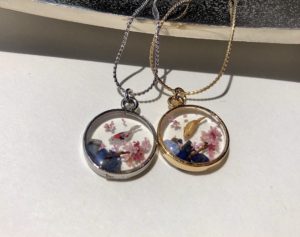

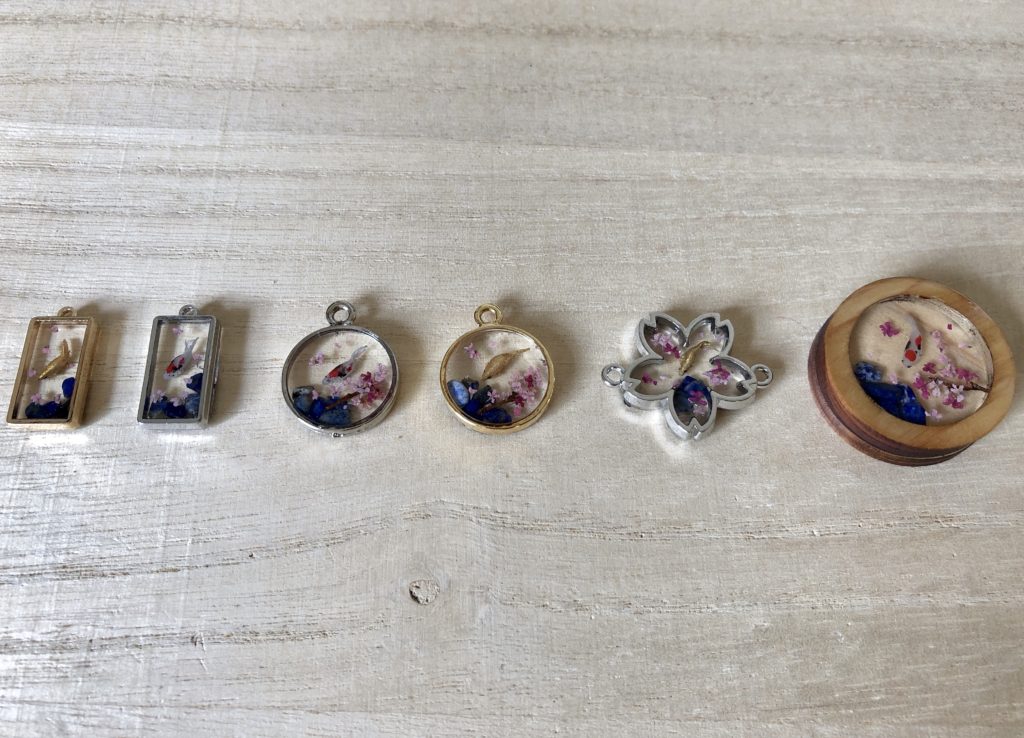
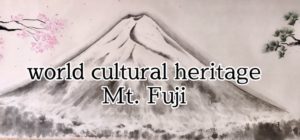
World heritage -Mt. Fuji
Mt. Fuji is the highest mountain in Japan, the altitude of 3,776m.
It is well known not just in Japan but in the world as the world heritage site.
The reason Mt. Fuji was selected as a World Heritage Site, is not only for its value as a famous mountain of nature and beauty, but also for the faith held by the Japanese in the existence of Mt. Fuji and its value as a source of art born through Mt. Fuji.
Since ancient times, Japanese people felt divinity in Mt. Fuji and admired it as the symbol of spirituality.
They looked up Mt. Fuji and prayed.
How did Mt. Fuji become a mountain of prayer?
Mt. Fuji is the symbol of “mountain worship”.
“Sangaku-shinko ” 山岳信仰” is a faith worshipping mountains as being sacred.
So what is “Sangaku- shinko” -mountain worship?
Japan is an island country, of around 75% of the land being occupied with mountains and forests.
This fact already made people have strong connections with mountains.
In the old days, the souls of the dead who left their bodies were thought to climb mountains.
When Buddhism was transmitted, people started to believe the souls of the dead climbed the mountain and they would become Buddhas at the summit. As a result, the mountain has come to be regarded as the most sacred place where God and Buddha live together.
There are many shrines in and around mountains, and of course Mt. Fuji also has shrines called “asama shrine”浅間神社“ on its summit and around it as well.
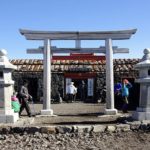
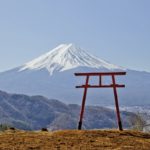
That is because Mt.Fuji is God himself.
On the other hand, Mt. Fuji is a beautiful active volcano.
There has not been a major eruption in the last 300 years since the last eruption of 1707, but it has a history of being feared not only as beautiful but also as a scary mountain.
Asama Shrine, which is scattered throughout the Mt. Fuji area, also has a deep desire to calm the terrible disaster.
In Western Europe, nature, including mountains, should be conquered by the power of God. There is a big difference from Japan, which feels the sign of God and Buddha from rich nature and thinks that the mountain is a god.
That is the reason that Mt. Fuji is very special mountain for Japanese people.
And as a source of art, famous painters and artists left behind their works that were in some way in connection with Mt. Fuji, especially since Edo period.
From folding screen paintings, fusuma paintings, hanging scrolls, the pilgrimage mandala, which is the object of faith, and as well as the decoration of crafts such as costume patterns, daily fixtures, and furnishings, countless figures of Mt. Fuji were drawn.
I myself, love to draw beautiful Mt. Fuji.
Mt. Fuji has the power to captivate a person from a first look.
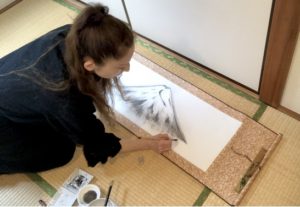

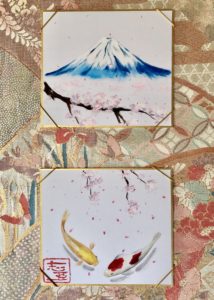
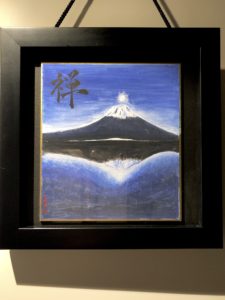
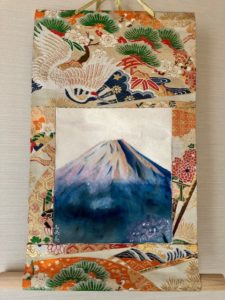
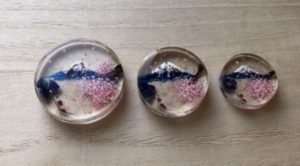
I always love to express Japanese beauty and symbols in art, such as paintings and jewelry.
Making Japanese scenery in 3D paintings in accessories is one of my favorite ways of expressing them.
Using resin allows me to make 3D world, by applying paintings in different layers.
It takes time and energy, but the slow procedure of making 3D painting jewelry excites me all the time.
And when it’s done, my affection to these jewelries becomes the special one.
Drawing good luck Japanese symbols, such as Mt. Fuji, Sakura cherry blossoms and Koi fish, and adding power stones, I can make these jewelry into special good luck items.
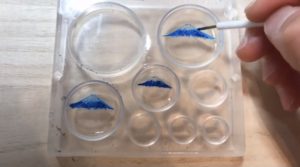

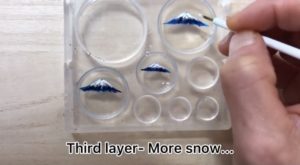
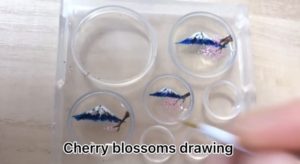
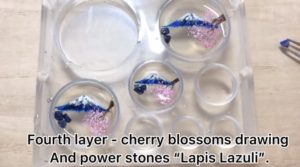
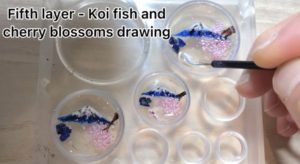


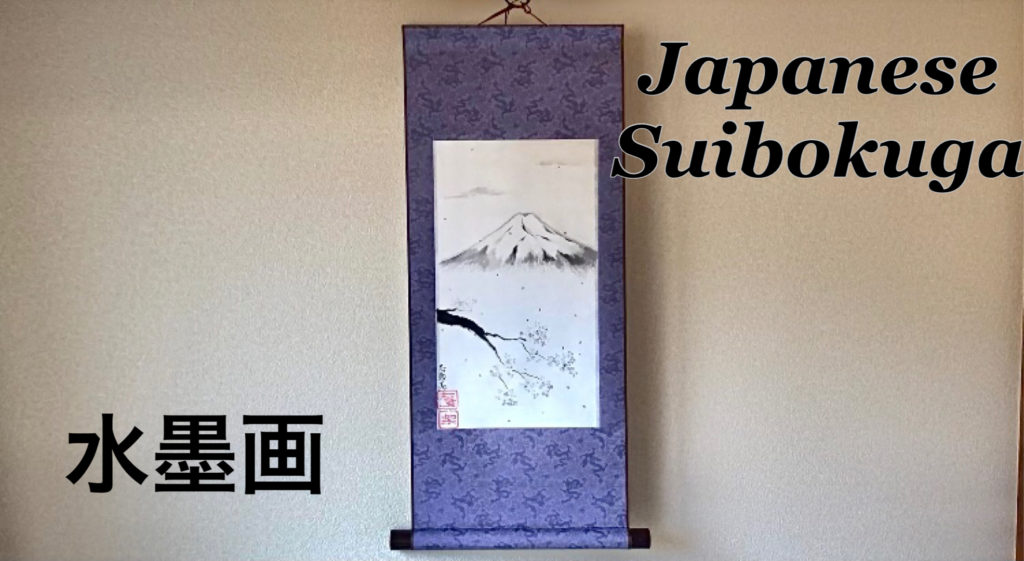
Suibokuga (水墨画)- Japanese traditional painting art
Suibokuga is sometimes called Zen Painting.
Sumie is painting with ink.
And Suibokuga is one of Sumie painting, with the gradation of dark black to light black.
Main tool for Suibokuga, “Sumi ink” is made from mainly soot, animal glue, and perfume.
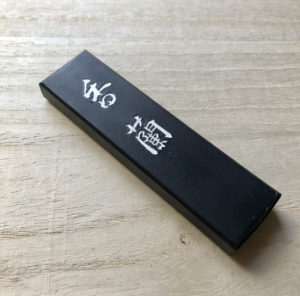
We add a little water into an inkstone (suzuri) and rub sumi ink, it becomes dark black color.
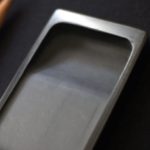
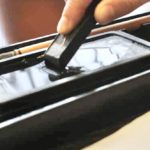
By mixing this black ink with water, we can create the gradation color of black to light grey.
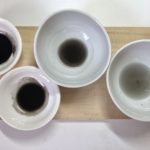
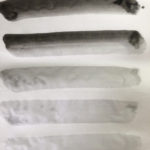
In Japan, Suibokuga is not just about paintings drawn with only ink, but we include some colored paintings drawn with mainly ink and some pigments also.
Sumie: The way of painting with ink was already in Japan since Nara period (710 – 794).
And Suibokuga style was brought in Japan at around Kamakura period (1185 – 1333), then became very popular especially at around Muromachi period (1336 – 1573), as Suibokuga style paintings were deeply connected with ZEN temples.
Until 14C, the subjects of Suibokuga were humans called “Jinbutsu ga” (人物画) , and flowers and birds called “Kacho ga” (花鳥画).
In 15C, “Sansuiga”(山水画) , meaning “mountains and water paintings” became popular.
Subjects of this Sansuiga is nature, such as mountains and water falls, rocks, trees etc.
I love to paint Japanese nature and symbols in Suibokuga.
Sakura cherry trees, bamboo tees, pine trees, Mt. Fuji, crane birds, and koi fish.
Sometimes tigers and Ryujin dragon god as well.
Tigers and Ryujin dragon god are also very popular subjects for Suibokuga.
I love to express Japanese beauty with the amazing gradation of ink with some colors.
That is my Suibokuga.
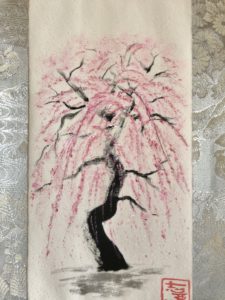

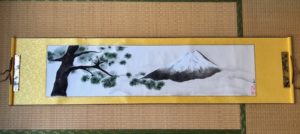
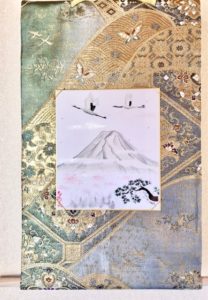
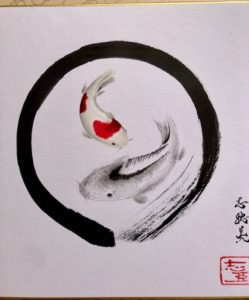
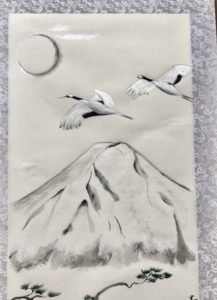


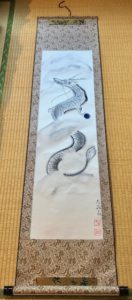
y